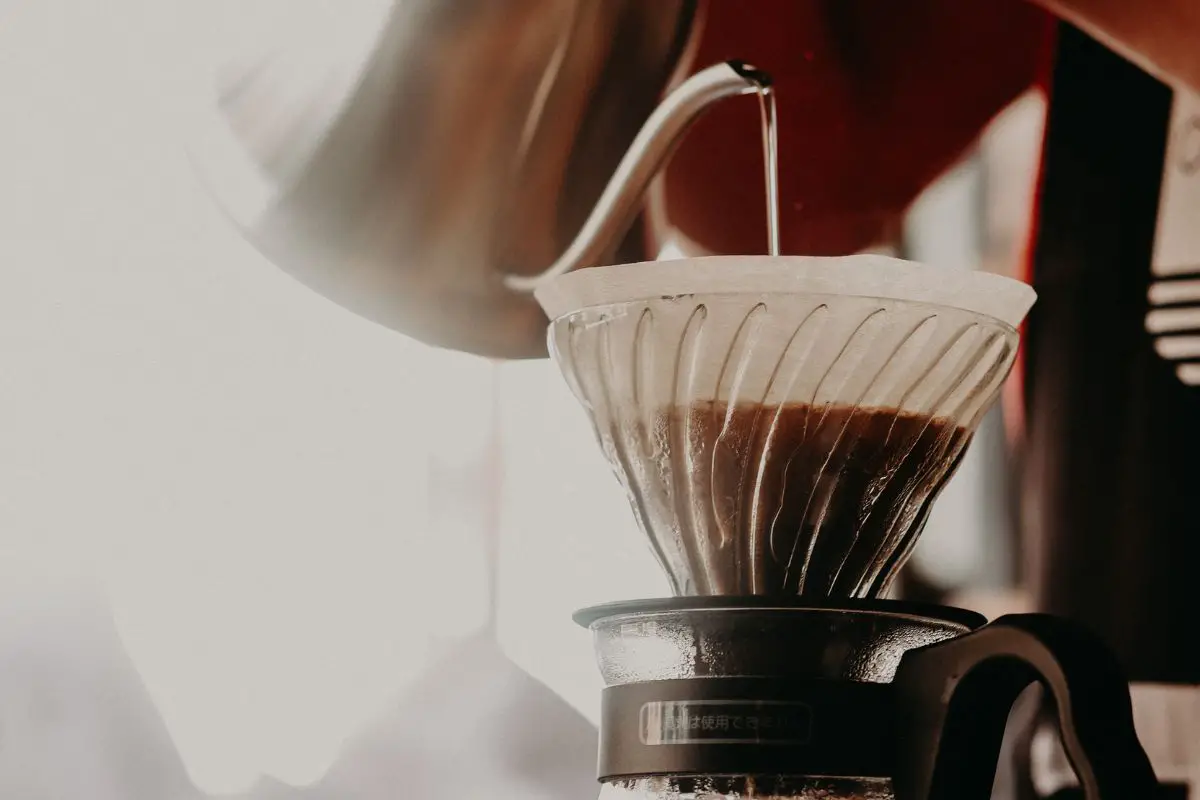Coffee, in its purest form, is obtained by mixing water and ground coffee beans. When water comes into contact with ground beans, it extracts soluble coffee compounds to give you a tasty cup of coffee. However, there are certain factors that determine whether you get an aromatic, complex, and balanced cup of coffee or a bitter/sour one. Mostly, it is all about how water and ground coffee beans are combined.

The factors that come into play when combining water and ground coffee include brew time, grind size, brewing device, and water temperature. Also, it involves brew ratio. So what does the brew ratio represent in coffee? In this article, we will discuss brew ratio as used in coffee brewing.
The Importance of Brew Ratio
The kind of coffee you make depends on the recipe used. Brewing coffee is comparable to baking a cake. The amount of ingredients you combine matters when brewing coffee. Essentially, brew ratio represents the amount of ground coffee used against a certain volume of water. Simply put, it is the ratio of ground coffee to water.
If you decrease or increase the amount of ground coffee or water, you will alter the viscosity and taste of the brew. That is why coffee aficionados and baristas often use timers and measuring scales when brewing.
Some baristas measure the ratio in grams per liter while others use parts. For instance, you can use 50 grams of ground coffee per liter of water or a ratio of 1:15 representing 1 gram of ground coffee for every 15 ml of water.
Regardless of the brew ratio you prefer, many baristas try to keep the ratio consistent. That way, they can replicate the same coffee taste repeatedly.
What is the Ideal Brew Ratio?
There are numerous coffee brewing methods. One of the most common methods is filter coffee. Filter coffee allows you to enjoy the unique nuances of every type of coffee. Also, filter coffee produces clean flavors. Filter coffee prepared using the pour-over method works best when you use a brew ratio of 1:15 or 1:16. If you prefer the drip method, a ratio of 1:17 will work best.
On the other hand, immersion coffee brewing, such as coffee cupping, AeroPress, and French press work best with a brew ratio of 1:17. Cold brew, on the other hand, works best when you use a brew ratio of 1:8.
Making espresso requires using more coffee grounds and less water. Espresso works best when you use a ratio of 1:2 or 1:3. It uses a super fine coffee grind size and a very short brew time of about 30 seconds.
However, these ratios are only guidelines. You can use them as a starting point when brewing coffee at home. If you use a certain brew ratio and feel that the coffee tastes lighter than you wanted, reduce the ratio by reducing the amount of water. If it feels too bitter, then adjust the ratio by increasing the amount of water.
As you experiment with different brew ratios and brewing methods, you will eventually find an ideal ratio for your taste preferences. Your aim is to find a ratio that gives you a balanced and flavorful cup of coffee. You should be able to perceive the acidity, flavors, fragrances, notes, and aromas of the coffee beans.
Summary
What does the brew ratio represent in coffee? It represents the amount of coffee to use for a certain volume of water when brewing coffee. When you get the brew ratio right among other factors such as grind size, brew time, and brew temperature, you will taste all the subtle notes and flavors in your coffee.